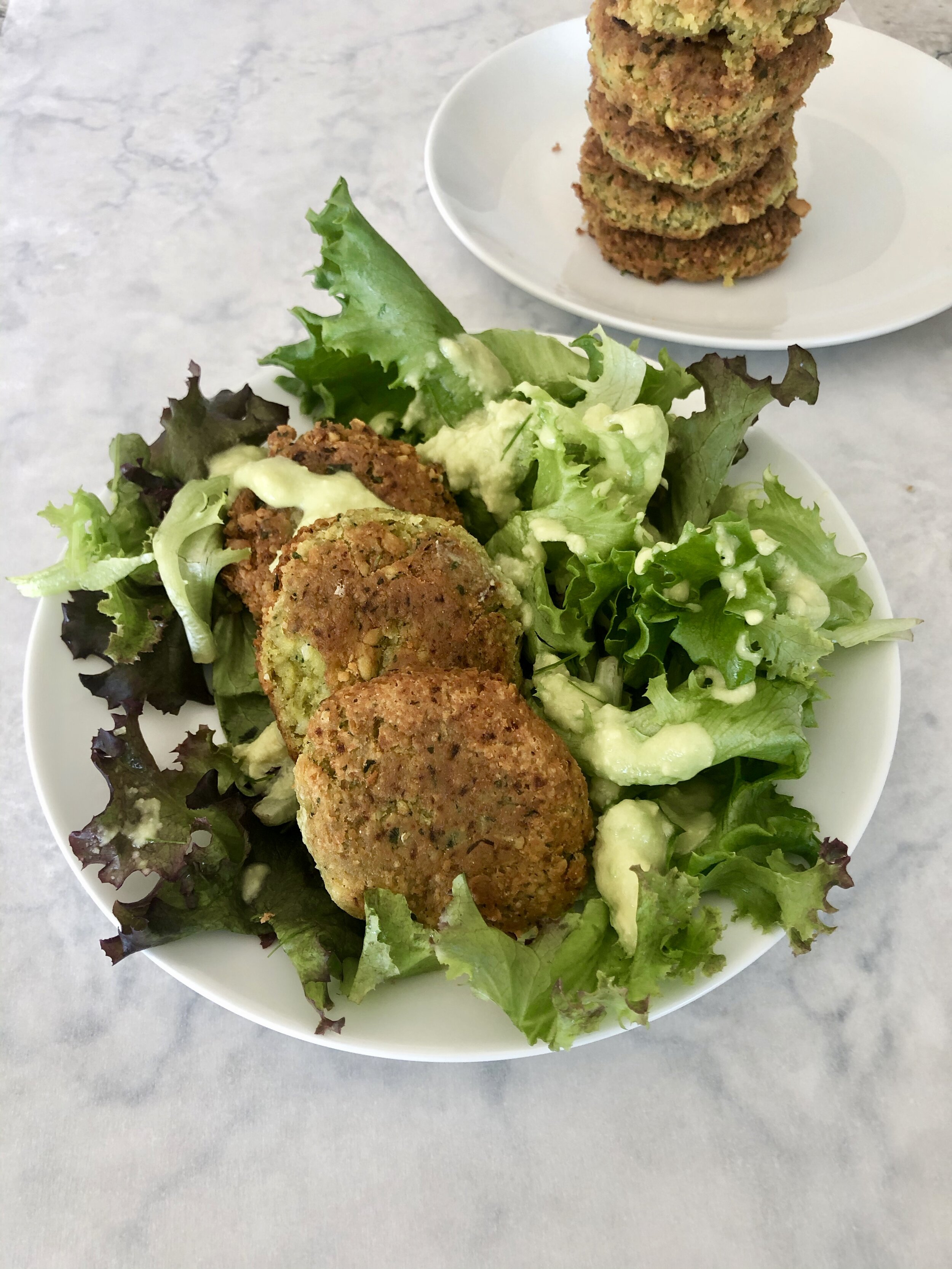Do you get headaches, bloating, fatigue, diarrhea, acid reflux, a runny nose or flushing after eating aged meats, cheeses, barbecue sauce, balsamic vinaigrettes, wine, soy sauce or even avocados? If so you could be someone with histamine intolerance. Histamine intolerance is condition where individuals most commonly have a decrease in the enzymes DAO (Diamine Oxidase) and HMNT (Histamine N-methyl transferase). If these enzymes do not work properly the body cannot break down histamine as efficiently and the body can get overloaded with histamine which leads to a variety of symptoms.
Research has recorded the effects of histamine intolerance for years. A study from the American Journal of Clinical Nutrition indicates that approximately one percent of the population has some degree of histamine intolerance. The full roster of symptoms includes: acid reflux, allergic reaction, arrhythmia, asthma, brain fog, congestion, diarrhea, joint pain, flushing of the skin, headache, hives, and hypotension. That’s not a large percentage, but it still adds up to a lot of people. Many more people have a histamine related condition such as allergies, migraines, asthma, chronic hives, IBS, and interstitial cystitis. Changing the diet may also help in these conditions.
Studies also show us that a low-histamine, anti-inflammatory diet can help reduce many symptoms of histamine intolerance in Mast Cell Activation Syndrome (a condition where there are too many overactive mast cells in the body that release too much histamine).
Researchers have found that patients with migraines, eczema and hives, have lower DAO enzyme levels. Studies found that following a low-histamine diet for 6 to 12 months, helped to increase patients DAO levels and decrease histamine related symptoms. Medical research indicates that the most effective ongoing therapy for histamine intolerance is the limitation of histamine-rich foods.
Histamine is also only one side of the story. When histamine is released in the body it is joined by many inflammatory molecules that increase systemic inflammation in the body. Using our super anti-inflammatory foods are just as important as avoiding histamine to help reduce symptoms.
So how can we improve our DAO enzyme levels and reduce inflammation?
Give your body the RIGHT nutrients:
Vitamin C (good sources are red peppers, most fruits, and veggies)
Vitamin B6 (good sources are turkey, banana, chickpeas, salmon and other meats)
Magnesium (good sources are swiss chard, black beans, pumpkin seeds and chia seeds
EAT a low histamine and anti-inflammatory diet to decrease your circulating histamine and inflammatory molecule levels and improve your DAO enzyme levels.
The Anti-Inflammatory Kitchen Cookbook will go in detail on the research of how the low-histamine & anti-inflammatory diet can help reduce the symptoms of histamine intolerance, mast cell activation syndrome, allergies/asthma, eczema & atopic dermatitis, interstitial cystitis, irritable bowel syndrome, inflammatory bowel disease and rheumatoid arthritis. The book will provide a roadmap to following the diet and yummy irresistible recipes. Here is a DAO Boosting Salad recipe to get you started!
DAO Boosting Salad
Rich in the right blend of nutrients to support your body’s breakdown of histamine. Tons of vitamin C, antioxidants, magnesium and B6.
Makes 4 servings
Salad Ingredients:
4C mixed greens
1 head of broccoli chopped into small pieces
1 sliced red pepper
1C chickpeas
2 scallions diced
1 carrot shredded
1/4 C pumpkin seeds
Dressing:
1 tsp ginger freshly grated
1 clove garlic
1 Tbs coconut or brown sugar
1/4C sesame oil
1 Tbs chia seeds
1/2 tsp salt
Chop and combine all of the salad ingredients in a large bowl. Mix the dressing separately and toss well with salad. Enjoy right away.
Resources:
Izquierdo-Casas J, et al. Low serum diamine oxidase (DAO) activity levels in patients with migraine. Journal of Physiology and Biochemistry. 2018; 74 (1): 93–99.
Kovacova-Hanuskova, E, et al. Histamine, histamine intoxication and intolerance. Allergologia et Immunopathologia (Madrid). 2015; 43 (5): 498–506.
Magerl, M, Pisarevskaja, D, et al. Effects of a pseudoallergen-free diet on chronic spon- taneous urticaria: A prospective trial. Allergy. 2010; 65 (1): 78–83.
Maintz, L, Novak, N. Histamine and histamine intolerance. American Journal of Clini- cal Nutrition 2007; 85 (5): 1185–1196.
Maintz, L, Bieber, N, Novak, N. Histamine intolerance in clinical practice. Deutsches Ärzteblatt. 2006; 103 (51–52): 3477–3483.
Maintz, L, Benfadal, S, et al. Evidence for a reduced histamine degradation capacity in a subgroup of patients with atopic eczema. Journal of Allergy and Clinical Immunology. 2006; 117 (5): 1106–1112.
Music, E, Korosec, P, et al. Serum diamine oxidase activity as a diagnostic test for hista- mine intolerance. Wien Klin Wochenschr. 2013; 125 (9–10): 239–243. http://www. ncbi.nlm.nih.gov/pubmed/23579881
Wantke, F, Gotz, M, et al. Histamine-free diet: treatment of choice for histamine-in- duced food intolerance and supporting treatment for chronic headaches. Clinical and Experimental Allergy. 1993; 23 (12): 982–985. http://onlinelibrary.wiley.com/ doi/10.1111/j.1365-2222.1993.tb00287.x/full








